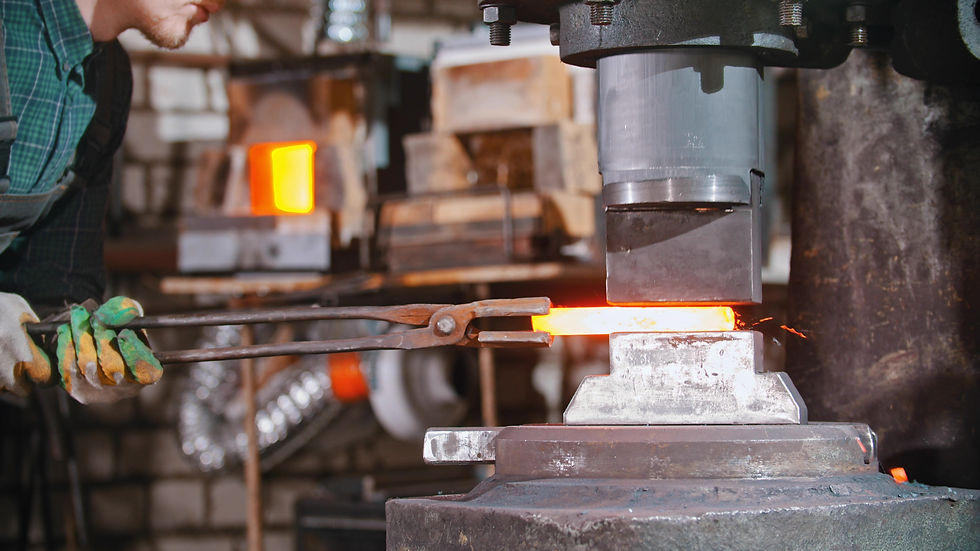Master the Chill: Essential Winter Care for Your Welder Generators
- Ky Benford
- Jan 16, 2024
- 2 min read
As temperatures plummet and winter's icy grip tightens, professionals who rely on welder generators face a unique set of challenges. The cold weather can significantly impact the performance and lifespan of this crucial equipment. But fear not! With proper care and maintenance, your welder generators cannot only survive the winter but also deliver optimum performance. Here’s your essential guide to winter-proofing your welder generators.
Understanding the Impact of Cold Weather
First, let's delve into why cold weather can be a foe to your welder generators. Low temperatures can lead to thickened oil and fuel, battery drain, and increased condensation within the machine, all of which can hamper functionality. Recognizing these challenges is the first step in effective winter care.
Step 1: Battery Maintenance
The battery is the heart of your welder generator. In cold weather, batteries can lose charge rapidly, and old or weak batteries are more likely to fail. Here’s how to keep the heart beating:
Regularly check the battery’s charge and health.
Keep the

battery terminals clean and free from corrosion.
Consider using a battery blanket or warmer to maintain optimal temperature and performance.
Step 2: Oil and Fuel Management
The right oil and fuel are like lifeblood for your welder generator in winter. Cold weather can thicken conventional oil, making it harder for your engine to turn over. Similarly, fuel can gel up in frigid temperatures. Here’s what you can do:
Switch to a low-viscosity, synthetic oil that flows better in cold temperatures.
Use fuel additives designed for colder weather to prevent gelling.
Store fuel in a climate-controlled area to keep it at a stable temperature.
Step 3: Preventing Condensation
Condensation inside your welder generator can be a silent saboteur. When warm, moist air cools inside your machine, it can create condensation, leading to rust and other issues. Combat this by:
Keeping your welder generator in a dry, covered area.
Running it regularly to keep internal components warm and dry.
Using moisture-dispersing sprays in areas prone to moisture accumulation.
Step 4: Regular Inspections and Maintenance
Routine checks can save you from the harsh impacts of winter. Regular maintenance should include:
Inspecting hoses and belts for cracks that could worsen in cold weather.
Checking electrical connections and insulation for any damage.
Ensuring that air filters are clean and free of debris.
Step 5: Proper Storage
If you're not planning to use your welder generator often in winter, storing it properly is vital:
Drain all fluids to prevent freezing and damage.
Disconnect and remove the battery, storing it in a warm, dry place.
Cover the welder generator to protect it from dust and moisture.
Emergency Preparedness
Despite all precautions, winter can be unpredictable. Be prepared for emergencies:
Keep a set of spare parts like batteries, belts, and filters.
Have a backup power source or a secondary welder generator ready.
Wrapping Up:
Remember, the key to navigating the winter months with your welder generator is preparation and proactive maintenance. By following these steps, you ensure that when the temperature drops, your productivity and efficiency don't have to. Stay warm, stay safe, and keep welding!



Comentarios